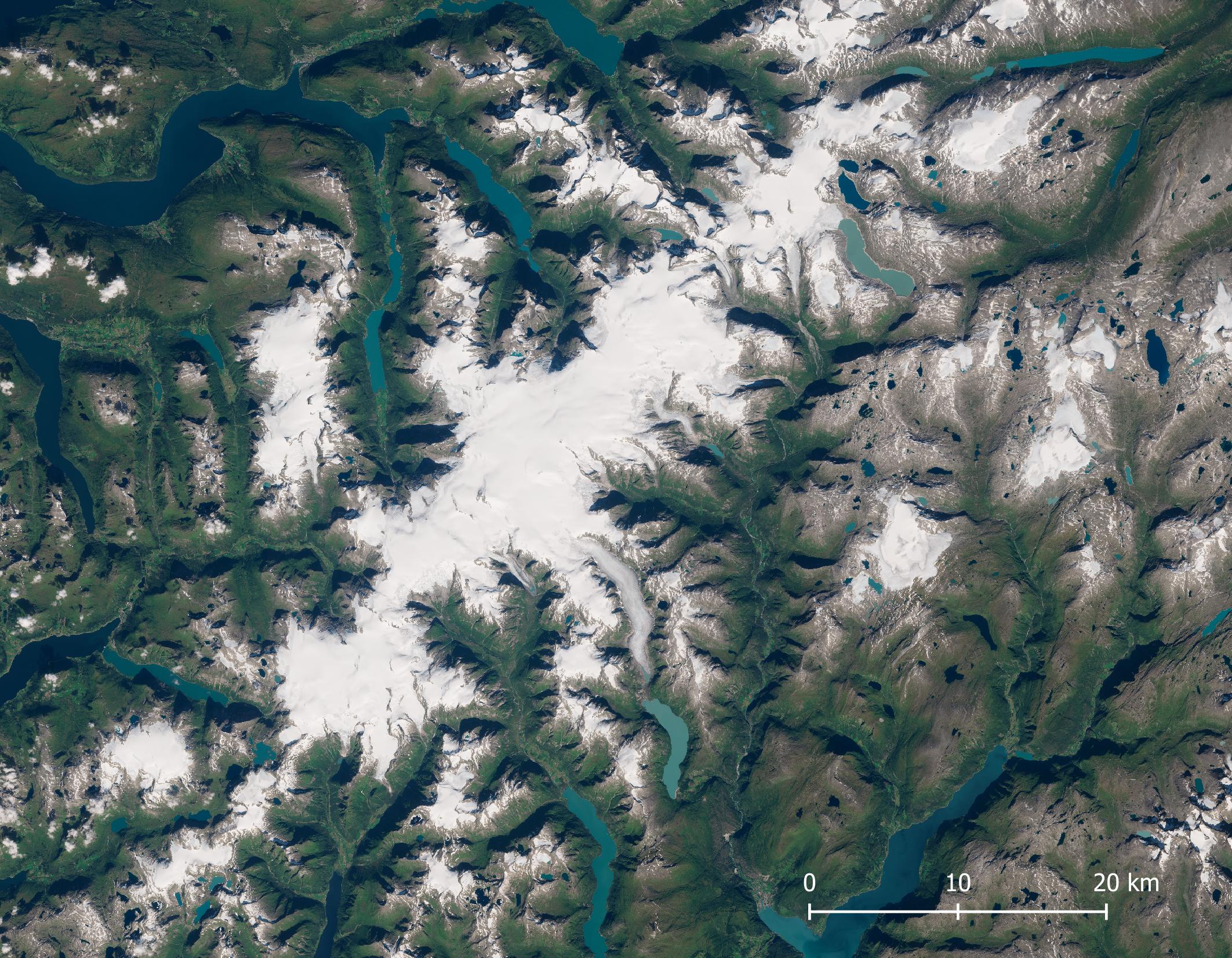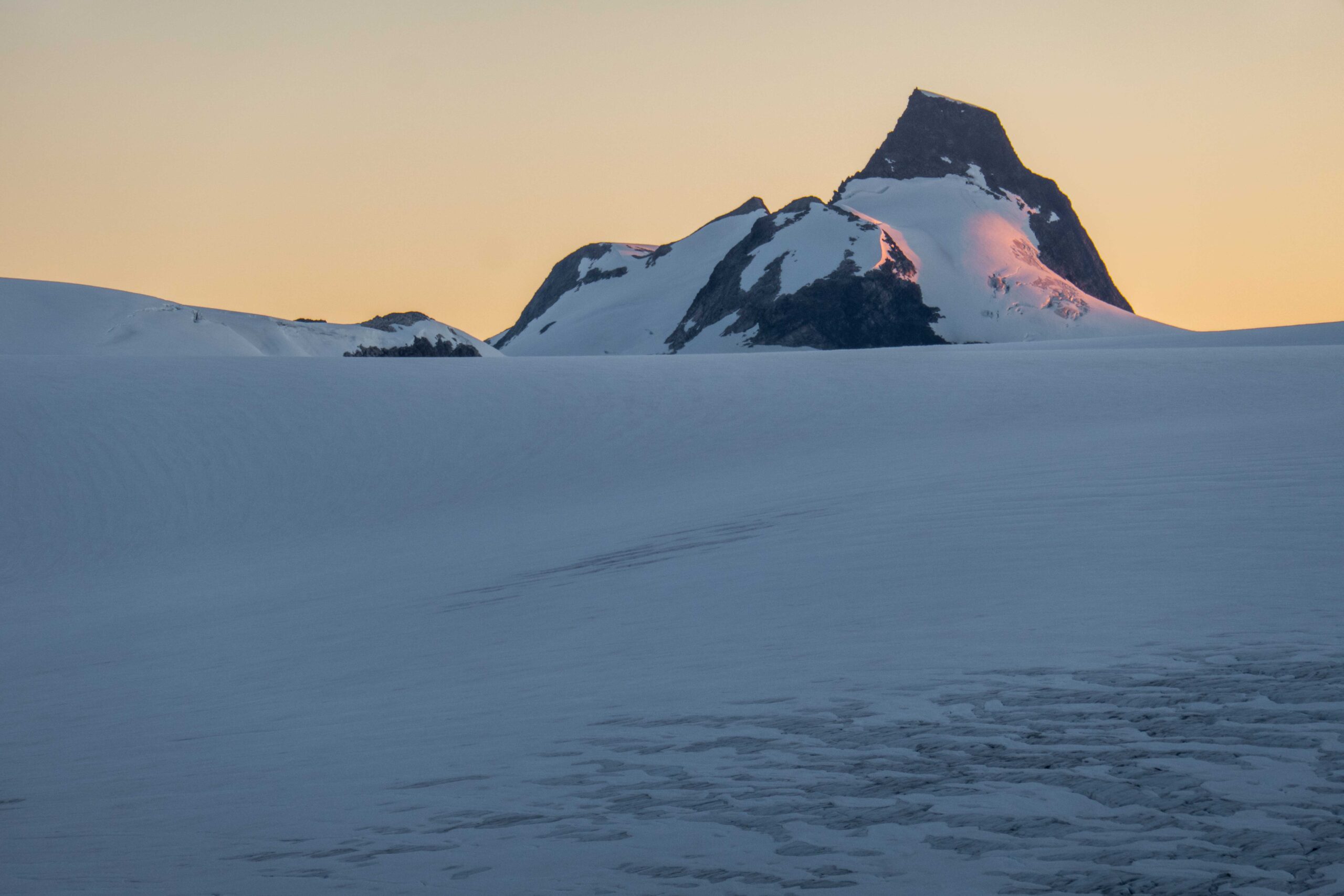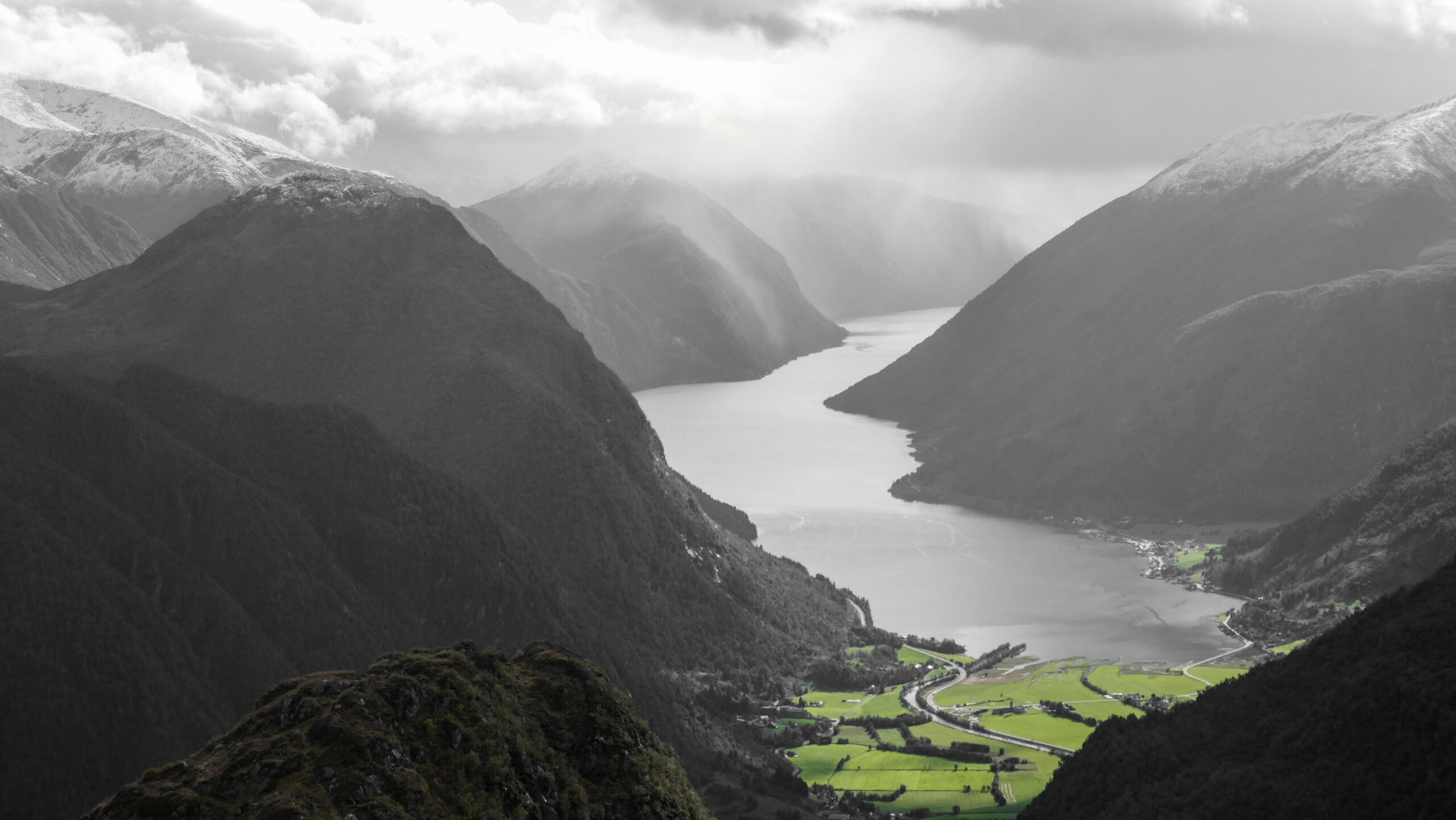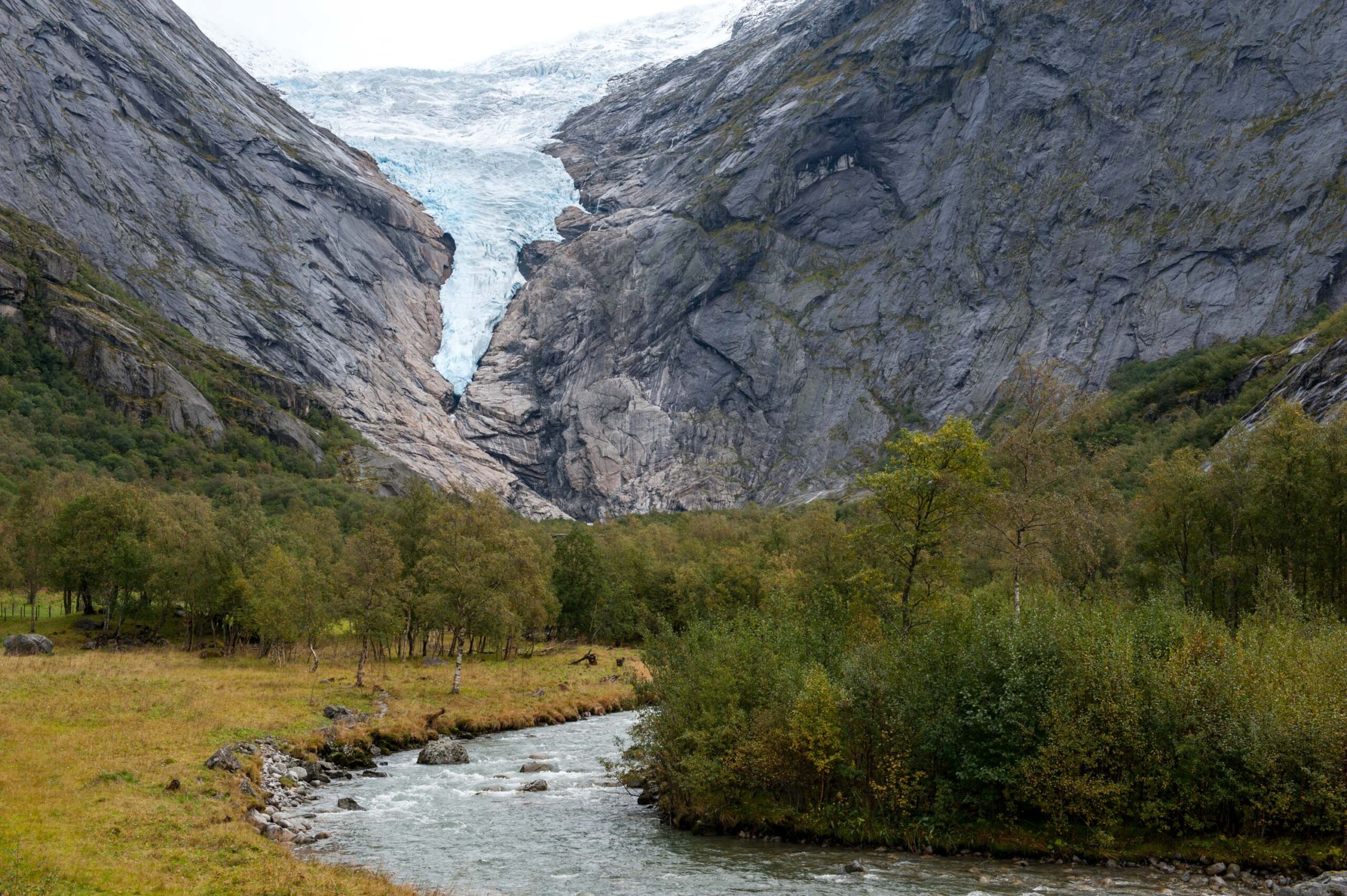The glaciers of Jostedalsbreen form the largest icecap of mainland Europe. It covers some 450 square kilometers, is sixty km long and measures up to 600 m thick in places.
Historically, Jostedalsbreen has been both much larger and much smaller than at present. Close to 12 thousand years ago, the Scandinavian Ice Sheet disappeared and around 8000 years ago the Jostedalsbreen was completely melted. Tree species like Alder, not equipped for cold climates, became more common. This ice-free period lasted for 2000 years, after which birch trees expanded. This is explained as a result of the re-glaciation of the Jostedalsbreen plateau. Such palynological evidence is supported by several sedimentological studies (Nesje, 1992; Nesje et al., 2000). A particular cold period started in the 14th century and culminated in the 18th century, when Jostedalsbreen was more extensive than it had been in eight millennia. This period is therefore referred to as the ‘Little Ice Age’.



When the outlet glaciers of Jostedalsbreen advanced they severely damaged farms and cultivated land. Accounts of such damage show that the western outlet glaciers reached their maximum a little bit before their eastern counterparts, because the glaciers are much steeper in the west and therefore react more quickly to changing climate conditions. After this cool period glaciers started to recede, especially since the 1930’s. But steep outlet glaciers like Bergsetbreen and Briksdalsbreen grew again in the 1990’s due to a series of cool summers and increased snow fall. This glacier advance was exceptional in a global context and didn’t hold. From 2000 onwards all glaciers of Jostedalsbreen are receding at unprecedented rates.
Even though the glaciers of Jostedalsbreen are increasingly losing ice, they keep attracting many tourists, with Nigardsbreen and Briksdalsbreen being the most famous glaciers in Norway. The National Park Jostedalsbreen (since 1991) and the nearby Norwegian Glacier Museum are actively informing the public about climate change and its effects on the landscape. If not for the sake of climate action, then at least to manage expectations: the glacier you are about to see is much smaller than it was when your travel guide was printed.



Search within glacierchange: